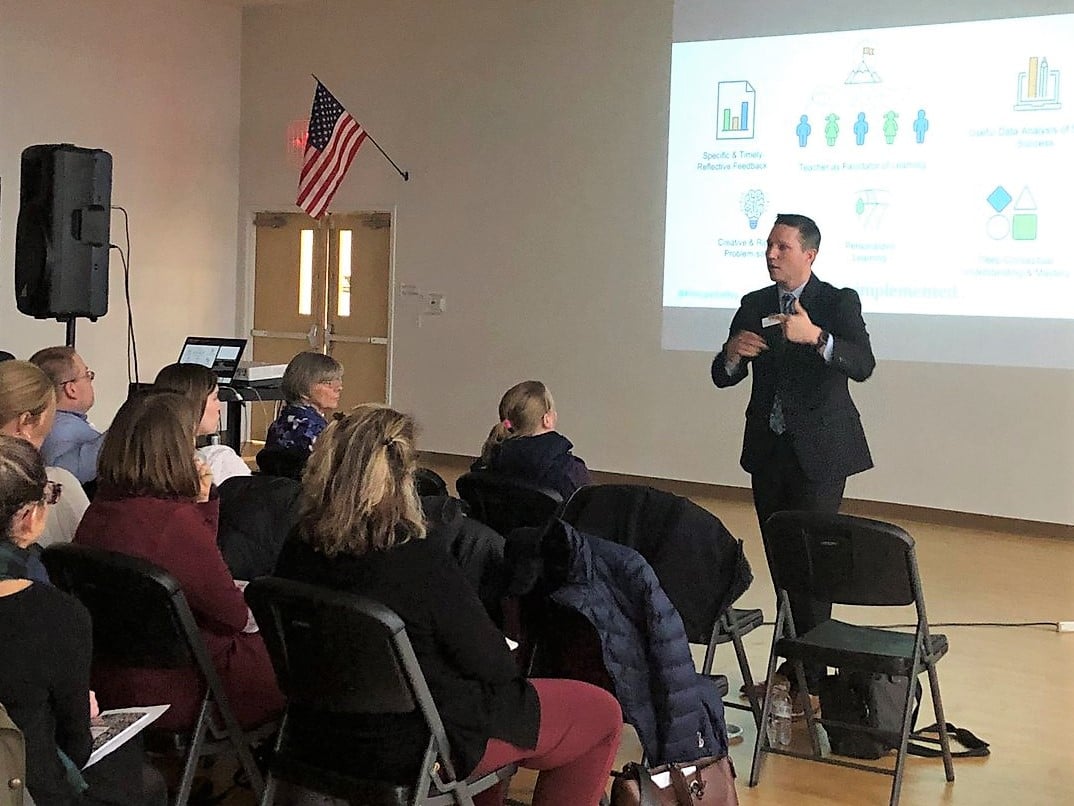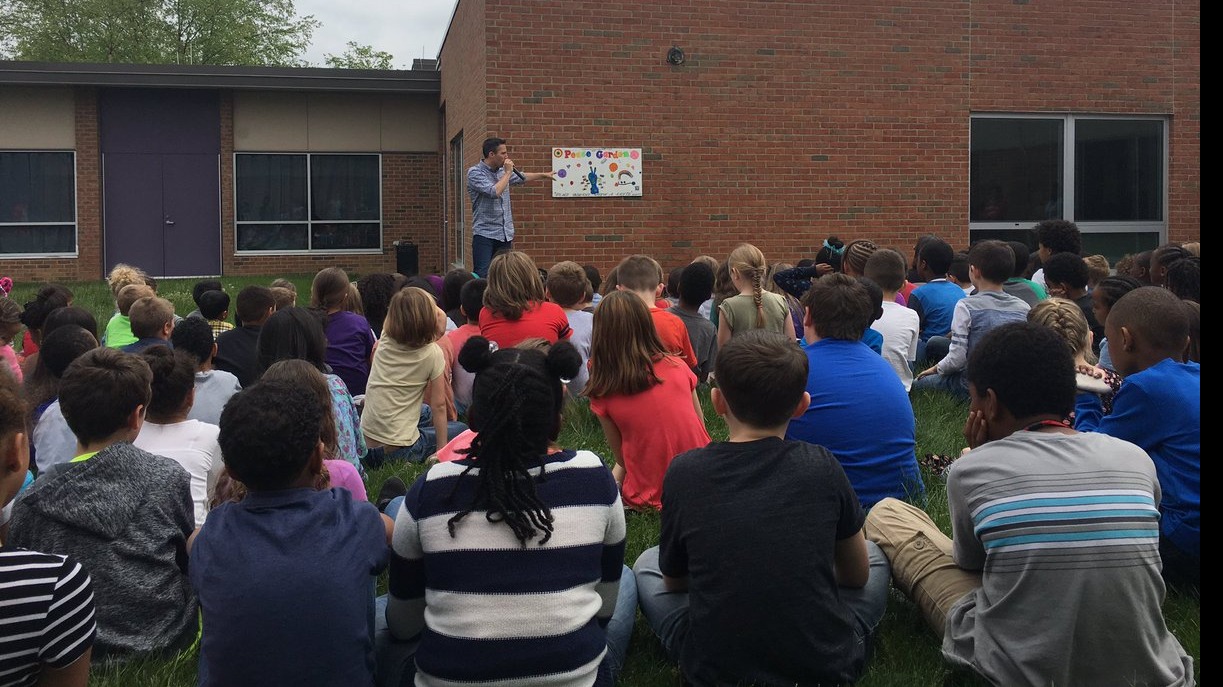In my first experience at a data meeting I was working with my grade level team and we were challenged to identify deficiencies in our instruction by analyzing our students summative data. Our work was well intended, yet like many data teams just starting off, or not guided well, we spent too much time discussing what we thought our students struggled with most, rather than identifying the standards by analyzing real-time data results and making a plan.
Districts want teachers to use data to inform instruction and to report on student progress. But without structure, leadership, and purpose, often being “data-driven” becomes a “data-struggle,” checking a box without actually making continuous improvements that will impact student learning.
How do we lead as principals in a way that models the mindset we want regarding data?
Later in my career I realized the key elements missing in my initial experiences: keeping it focused on students’ learning, being vulnerable about the quality of my own practices, and trying fresh innovative, researched-based approaches; not settling for same old status quo that was not working. My mantra was: identify the best impact for learning, not simply any impact.
As a participant and leader in both situations, here’s what I have learned that can help you take your data meetings to the next level.

There are real challenges to making data-driven decisions we have to recognize and at times work around. So I recommend identifying your goals first and measuring everything against them.
An example meeting might be to triangulate several data points to make the most sense of a student's picture of learning. The goal of the meeting could be an action-plan, based around needs from various data sets. For example, from a student's most recent progress monitoring result on a specific and key standard, a student's digital supplemental progress on a similar standard, and a recent station/exit ticket from a math block on that standard.
Data (or giving a summary to the district or state) is not the goal itself, but a tool in your instructional belt, helping to build the structure to support a life of learning.
There is so much data to dig through, where do we even start, and which data point is most important?
Hosting data meetings that are thoughtfully structured and consistent can help you and your team go deeper into data analysis and make an impact on student learning.

Ultimately, we want students to develop skills that transfer into successful careers with purpose and a workforce that can solve the future challenges of our society.

Each of us has to own the leadership of our building and practice being the “lead learner.” When you put in the time to do your own research, you’ll be innovating for relevance, practicality, and the outcomes your students most need.
Continuous learning is one of our core values here at MIND Research Institute, and also a personal core value of mine. Please let me know the challenges you have faced with data meetings and how you are working to improve the process. The more we share best practices, the more we can impact student learning on a larger scale!
Learning by Doing “PLC’s at Work” by Richard Dufour
Clock Watchers by John McDermott
Visible Learning for Teachers by John Hattie
The Undoing Project by Michael Lewis

Former administrator Brian Coffey successfully implemented innovative STEM education programs in Ohio, and now brings his expertise to districts across the country as Senior Academic Director at MIND. Converse with him on Twitter @PrincipalCoffey.
Comment